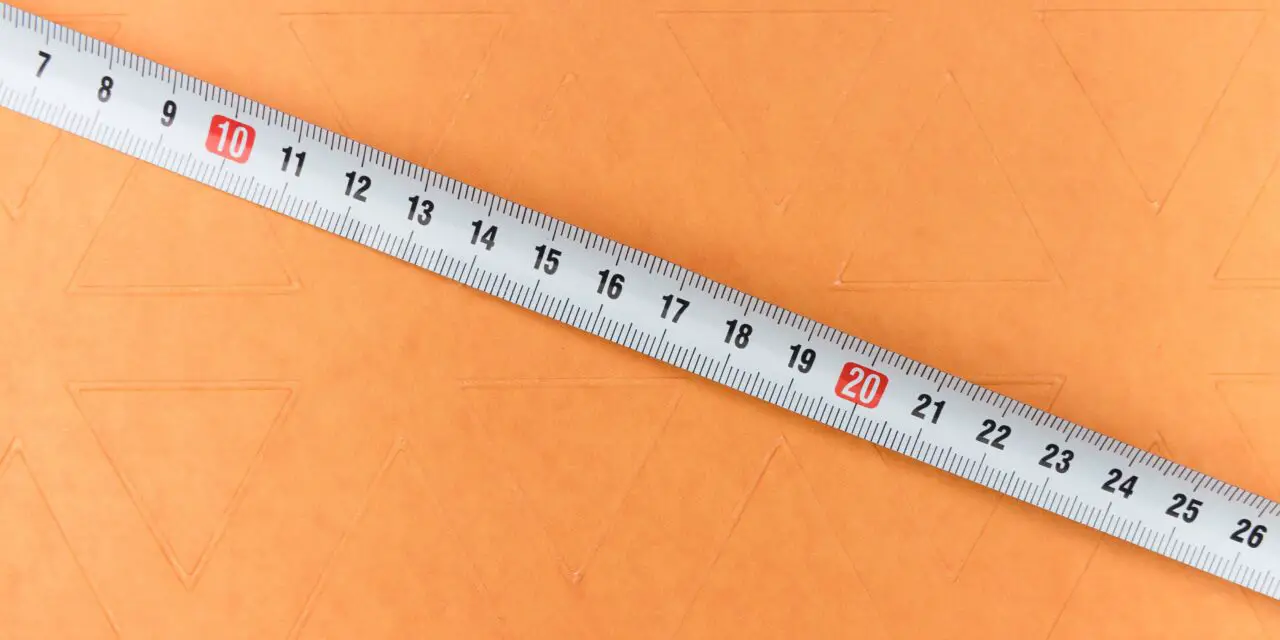If you recently saw the eye doctor and got a new prescription for glasses, you may have decided to order your new frames and lenses online. Do you know your pupillary distance? To order glasses online and make sure they work correctly, they will probably ask for your PD number.
Pupillary distance is the distance between the pupils of your two eyes. On average, most adult’s pupillary distance, or PD, is 63 mm but can run anywhere from 54 to 74 mm. For children, the PD is 43 to 58 mm, and the average is 51 mm.
Knowing your exact pupillary distance is very important when ordering glasses. If you are unsure how to figure out your pupillary distance to order your glasses, you should read below.
Does Pupillary Distance Have to Be Exact?
For your glasses to fit correctly with your eyes and not cause problems such as eye strain, you must have the correct pupillary distance. It can cause serious damage to your eyes if the glasses are made with an incorrect pupillary distance.
The pupillary distance makes sure the center of your lens is perfectly aligned with your pupil s center to help achieve the best vision for you. Even slight mistakes when measuring the distance will cause your glasses not to align correctly.
How Do You Find Your Pupillary Distance?
You should not try to measure your pupillary distance if you can get someone to help you. Doing it without help increases the probability of not getting an accurate measurement. You would have to sit in front of a mirror even to try to do it alone, and everything will be reversed to you. Do not use a concave or convex mirror to try to measure your pupillary distance independently.
When possible, you should get your optician to measure your pupillary distance for you. If you cannot do that, you should get someone to help you that you trust to give you an accurate measurement.
Having a Friend Help Take the Measure
If you can find someone to help you, make sure you have a ruler with the millimeter marks. Have your friend put the zero on the millimeter ruler on zero in the center of your pupil while you keep both eyes open. They will need to measure from the center of the pupil on one eye to the center of the pupil on the other eye.
Keep your eyes on something above their head about twenty feet away. Keep your eyes as still as possible. If possible, ask your friend to crouch down a bit so you cannot see them by keeping them out of your field of vision.
Doing the Measurement Without Help
To get the most accurate measurement stand about 12 inches from the mirror.
- Hold the ruler just above the eyes and flat against your forehead.
- Close your right eye and use your left eye to line up the zero in the middle of your left eye’s pupil.
- Do not move the ruler, close the left eye, and do the same with their right eye.
- Record the measurement.
If you are getting progressive lens you will also need your monocular distance. It is the measurement from the center of your pupil and the center of the bridge of your nose. This will give you your binocular pupillary distance.
Does Your Pupillary Distance Change as You Get Older?
Can you use your last pupillary distance when ordering new glasses, or can your measurements change as you get older?
On average, your pupillary distance changes as you get older because your skull and eye socket grow and change as your body changes and develops. Your pupillary distance is affected by any changes in your skull and should be measured before buying new glasses each time for an accurate measurement.
Changes in the pupillary distance are significant when buying glasses for children and younger adults that are prone to growth changes regularly. Any changes in the skull can affect your pupillary distance and affect how your glasses work correctly.
Growth spurts in children certainly affect their pupillary distance, but most older adults will have little to no change in their measurements.
To Conclude
It may be cheaper to order your glasses online, but you must know your pupillary distance before ordering glasses to make sure they work correctly for you. While the average measurement of the pupillary distance is 63 mm for adults, it does not mean that is the correct number for you specifically. Always make sure you measure and get your accurate PD measurement before ordering new glasses.





